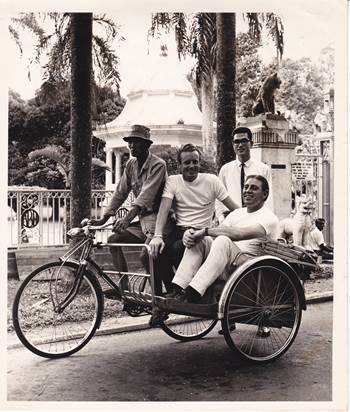
Motorman: When the top trio took to the road
What sort of cars did Chris Amon, Bruce McLaren and Denny Hulme drive when they weren’t on the race track? Motorman knows
Most top racing drivers do care about safety levels of road-going cars for everyday motorists and their all-round abilities behind the wheel. Jackie Stewart for one denied finding everyday driving boring. He took pride in giving his passengers the smoothest possible ride, and encouraged all drivers to actively engage in the task. They also make interesting choices for their transport away from competitive motoring.
Thirty years ago I spent a day with Chris Amon driving on lower North Island roads and I can remember those informative few hours as vividly as if they were yesterday. In 1983 Chris accepted a challenge from Toyota New Zealand to improve its locally assembled cars in a relationship that extended well beyond the end of New Zealand-built Toyota vehicles in 1997.














